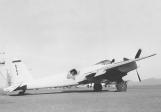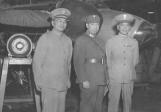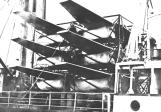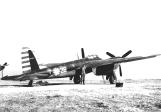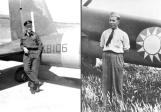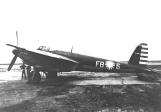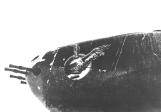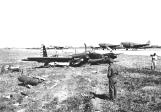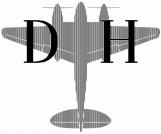15
The Chinese government of Chiang Kai-shek had expressed interest in the Canadian Mosquito as early as 1943 when an official delegation visited the Downsview plant. By 1947, a civil war was raging in China, and a deal was announced in the Canadian Press that would send all available Mosquitos there. An estimated 190 complete aircraft were involved, mostly F.B. 26s and T. 29s. Chinese registration numbers up to 178 were recorded, but some Mosquitos had been damaged at sea, and others were intended for spare parts.An assembly plant was set up in Shanghai, and a former Japanese fighter base at Hankow, about 400 miles up the Yangtse River, was selected for Chinese air force Mosquito operations. Carl "Moose" Fumerton, George Stewart and Jack Turnbull, all Canadian Mosquito pilot veterans of WW II, were hired to train the Chinese pilots.
The assembly plant was overrun before all Mosquitos were ready, and at least 50 of them were written off in training accidents. Nevertheless, Mosquitos were instrumental in defeating a Communist offensive at Hsuchow. Four were lost to ground fire in the two week battle. In 1949, about 50 flyable Mosquitos were able to flee to Taiwan at the end of the Revolutionary War, and they continued to operate from there for several more years. One example is preserved in Beijing.
